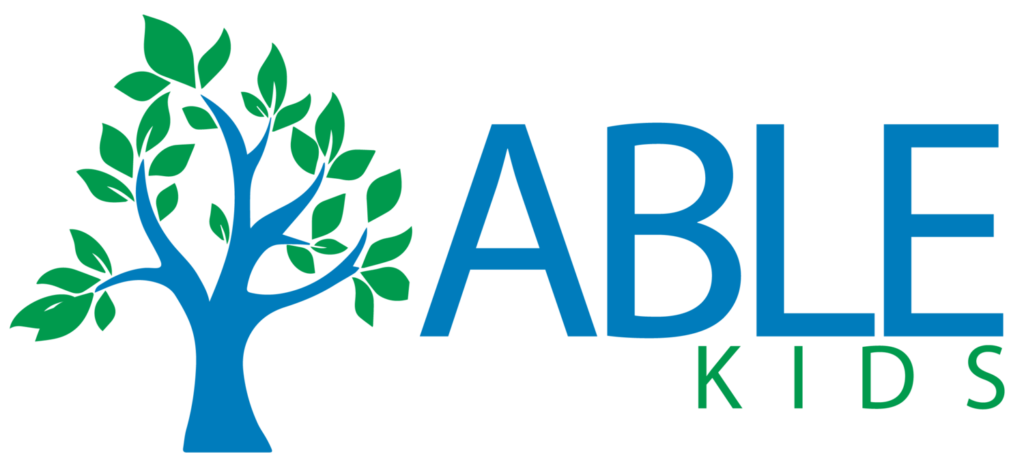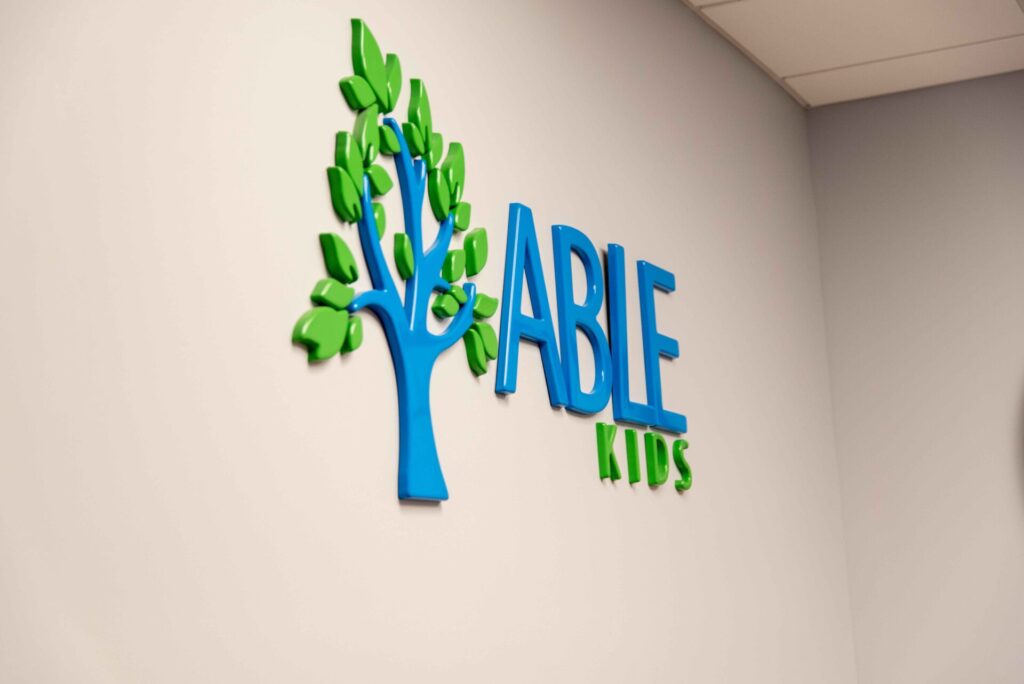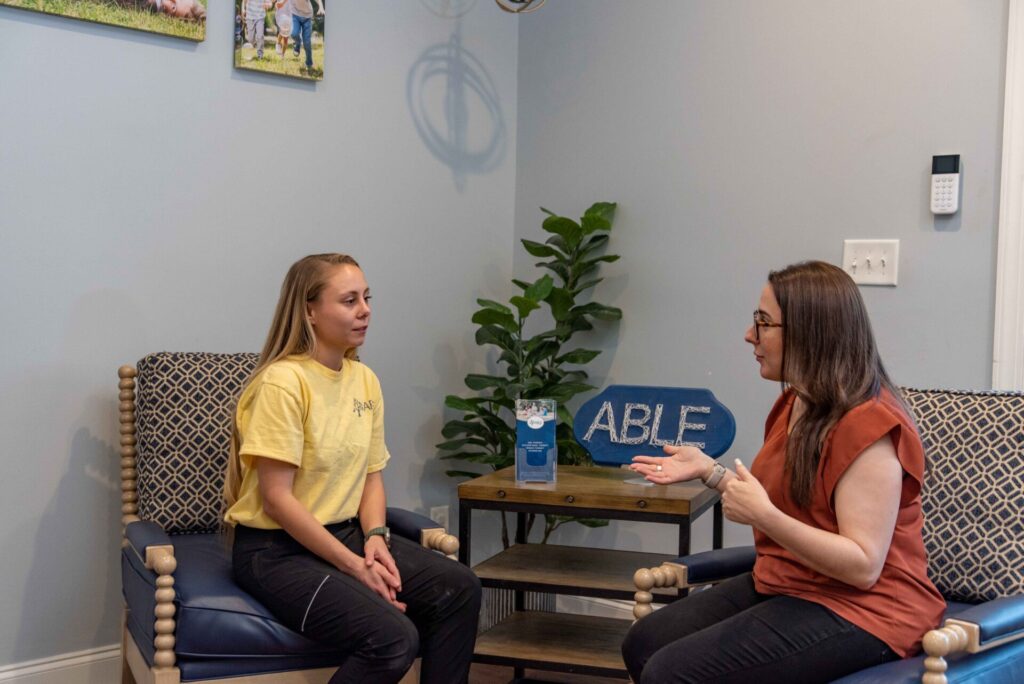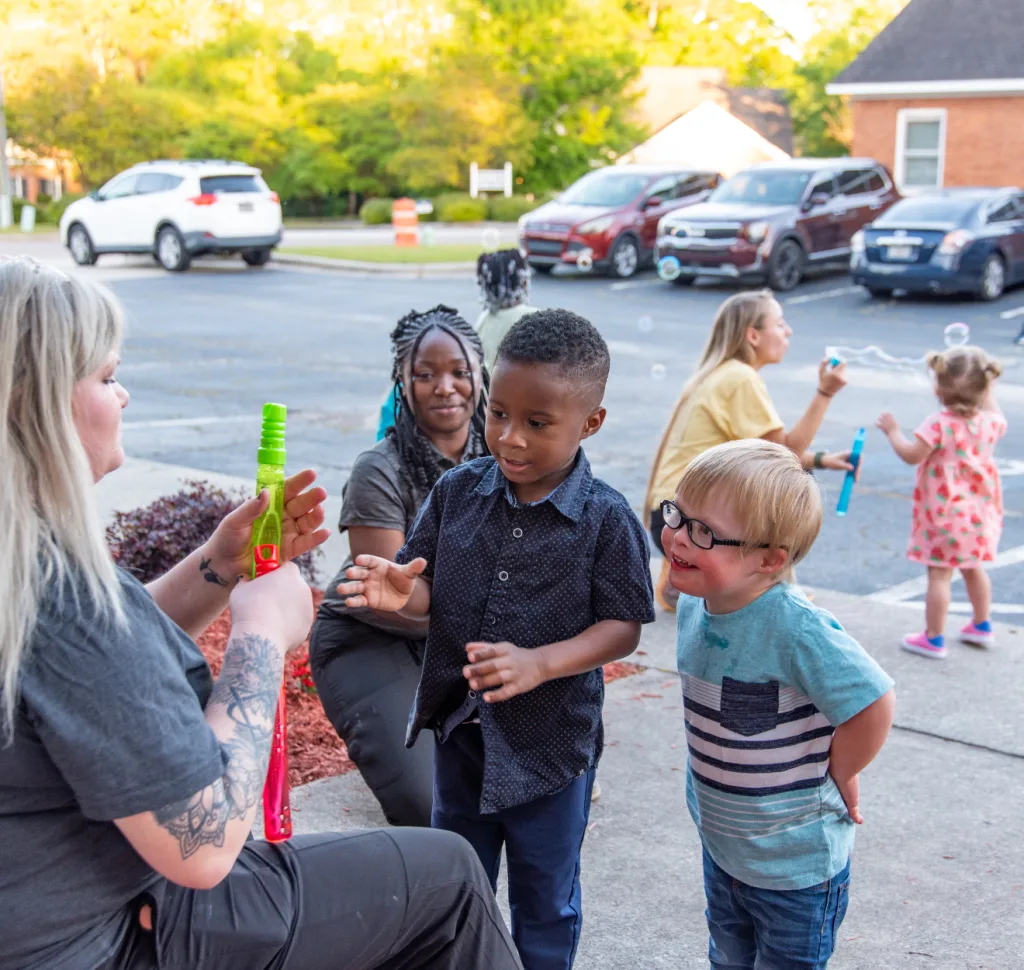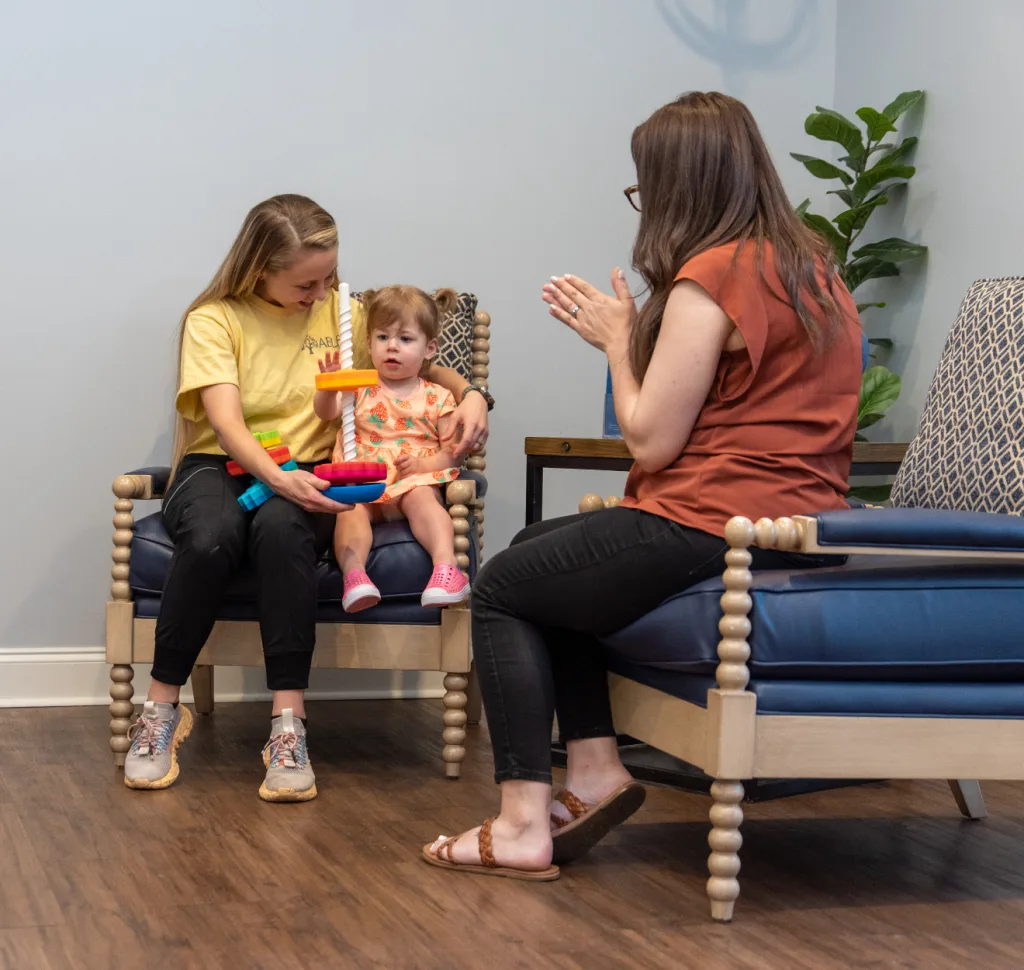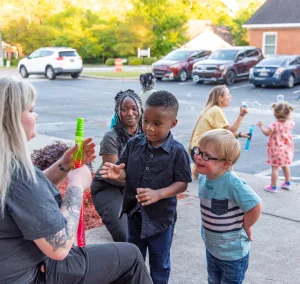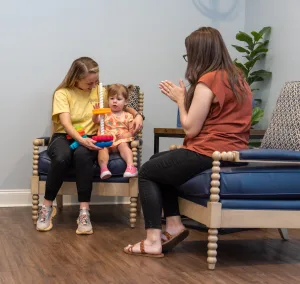Applied Behavior Analysis (ABA) therapy is a widely recognized and effective intervention for individuals with various behavioral challenges, including those with autism spectrum disorder. In communities like Irmo, South Carolina, ABA therapy plays a vital role in supporting children and families by providing structured guidance, skill development, and individualized strategies for growth.
ABA therapy is rooted in the principles of behaviorism, which focus on how behaviors are learned and can be modified through systematic behavioral interventions. The goal of ABA therapy is to increase desired behaviors and decrease undesired behaviors through the use of evidence-based, personalized treatment plans. By incorporating tailored approaches, ABA therapy helps children build communication skills, improve social interactions, and develop increased independence in their daily lives.
Through ABA therapy, children can learn valuable skills such as communication, social interaction, and self-regulation. By using evidence-based practices and individualized interventions, ABA therapists help children reach their full potential and achieve developmental milestones—benefiting not only the child but also their family and broader community in places like Irmo.
Understanding ABA Therapy
The core principles of ABA therapy are based on studying human behavior and applying scientific methods to modify and improve those behaviors. One of the key principles of ABA therapy is reinforcement, which involves offering positive consequences for desired behaviors to increase their likelihood of occurring in the future.
By using structured strategies, ABA therapists are able to:
- Conduct systematic behavior assessments
- Develop personalized treatment plans
- Track measurable progress over time
This makes ABA therapy highly adaptable and effective for addressing a wide range of behavioral and developmental needs.
Key Areas of Child Development Impacted by ABA
ABA therapy supports child development across several essential domains, including communication, social interaction, and adaptive living skills.
Communication Skills
ABA therapy has proven to be particularly effective in enhancing communication abilities in children with Autism Spectrum Disorder (ASD). This includes both verbal and non-verbal forms of communication.
Examples of communication goals in ABA may include:
- Expanding vocabulary and expressive language
- Improving listening and response behaviors
- Recognizing and using gestures, facial expressions, and eye contact to communicate
By developing these skills, children in Irmo can better engage with family members, teachers, peers, and the world around them.
Social Interaction
ABA therapy also focuses on helping children learn how to appropriately engage with others, interpret social cues, and participate in social activities.
Strategies include:
- Social stories
- Role-playing scenarios
- Guided peer interaction practice
These techniques help children feel more confident in group environments—such as school, community programs, or play settings common throughout Irmo.
Meaningful social development also helps children build friendships, leading to a stronger sense of belonging and emotional well-being.
Adaptive Living Skills
ABA therapy is also highly beneficial in promoting independence in daily living activities, such as dressing, eating, grooming, and following routines. By breaking complex tasks into smaller steps, ABA therapists help children practice and master essential life skills.
Structured reinforcement helps children build confidence while improving their overall daily functioning
Considering ABA Therapy for Your Child in Irmo, South Carolina
ABA therapy can have a profound impact on a child’s development by strengthening communication, social skills, and daily living abilities. For families in Irmo, South Carolina, accessing ABA services can offer guidance, support, and measurable progress toward meaningful developmental growth.
If you are considering ABA therapy for your child:
- Research qualified ABA providers in the Irmo area
- Ask about individualized treatment planning
- Look for providers who prioritize collaboration with parents and caregivers
By taking this step, families can give their child the support and encouragement they need to thrive at home, in school, and in the community.
